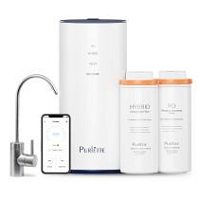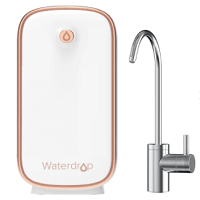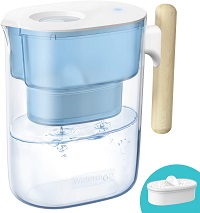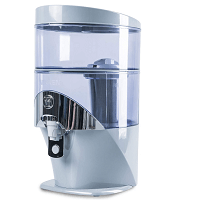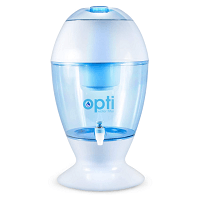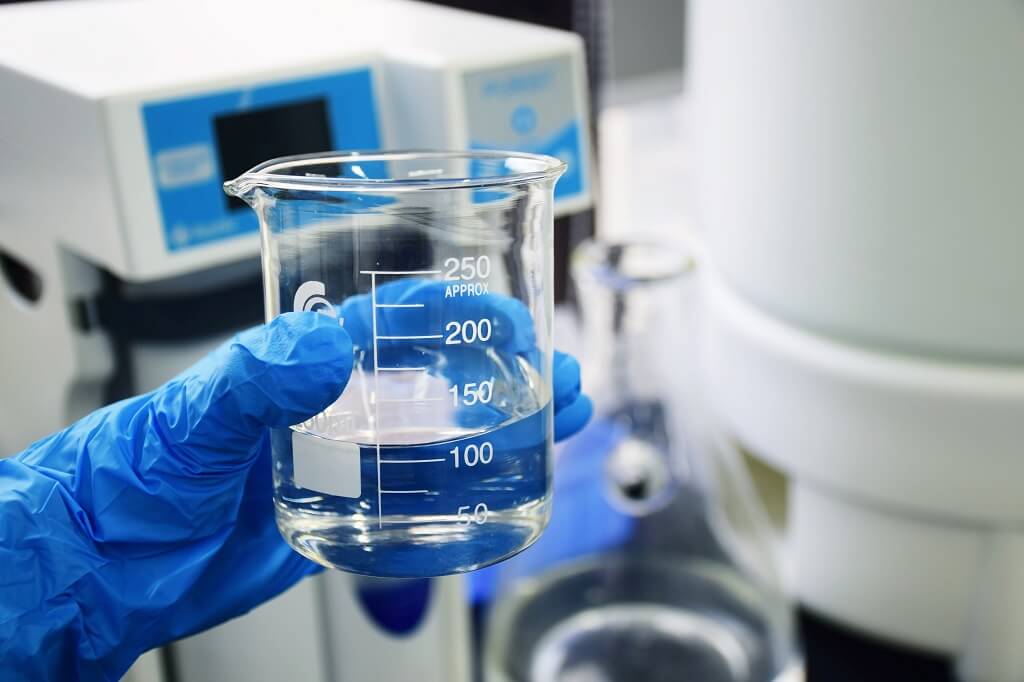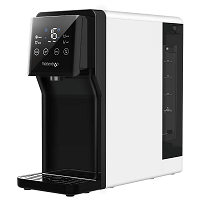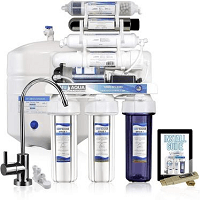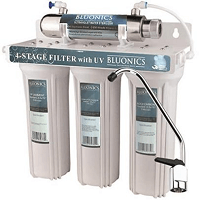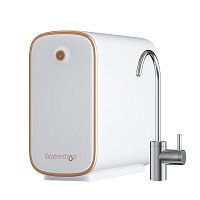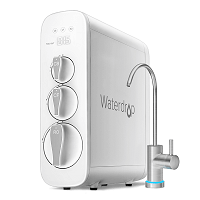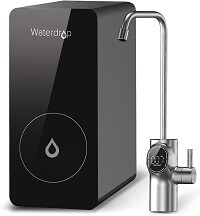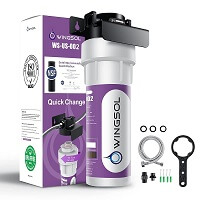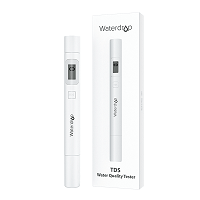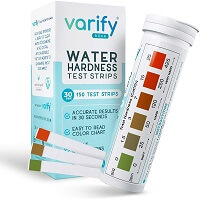What is Reverse Osmosis (RO) Water Filtration?
Reverse osmosis is a water filtration process that uses specialized membranes. Before reaching your faucet, water from a well or natural sources like the ground, river, or lake is transported to a treatment center. During transport to a treatment facility, water may pick up hard water minerals, which may be non-removable. However, a reverse osmosis system helps reduce contaminants present in water.
Before water flows out of the faucet, the reverse osmosis system pushes the water through specialized membranes using pressure. The system captures large molecules and contaminants during this stage while allowing water to flow through its membrane. Also, the system reduces contaminants, leaving you with fresh, clean water.
Benefits of Drinking Reverse Osmosis (RO) Water
Unfiltered water has been linked to causing implications for the home, like scale buildup on appliances that use water and water that smells and tastes foul. Also, consuming unfiltered water can affect health negatively, including causing heart-related issues because it contains contaminants like excessive lead and arsenic
Contaminated water has several effects, including foul odors, unpleasant tastes, and health problems. Foul odors like rotten egg smell indicate the presence of sulfate in water. Unpleasant tastes in cooked food or beverages include metallic tastes, usually resulting from excess iron in the water. Furthermore, when contaminants like PFOS, lead, and arsenic go undetected in water, they pose health risks that may cause reproductive and cardiovascular issues
Utilizing a reverse osmosis system and drinking water from it can make a massive difference in the quality of your life. Some of the benefits of a reverse osmosis system include providing fresh, clean water that tastes and smells better and is suitable for drinking and cooking.
Reverse osmosis systems also reduce unwanted minerals like calcium and magnesium, especially in hard water. In addition, Lead has been known to increase blood pressure, lower fertility, and cause nerve damage. Fortunately, the RO system reduces lead in water, making it safe for you and your family.
Apart from its benefits for the home and human health, a reverse osmosis system helps in reducing the quantity of water bottles you purchase. The RO system also reduces sodium in water because the large particles are less likely to pass through the membrane filter; this helps save money while providing an eco-friendly solution.
Why Should You Get An RO System?

A Better Alternative to Bottled Water
Depending on the size of your family and the quantity of water you consume, you may pay several hundreds of dollars or more on bottled water. Apart from that, not all bottled water is healthy. Studies show that you may ingest water containing leached chemicals from plastic bottles.
Multistage Filtration
Reverse osmosis has four filtration stages for removing impurities. Usually, most filtration systems have just one or a maximum of two filters that sift toxins out of water. Every filter in a RO system can remove specific contaminants to leave you with fresh, clean drinking water.
Better Taste
Some unfiltered and filtered water have terrible tastes and smells. Although it is advised to take at least eight glasses daily, it is impossible if water leaves an unpleasant aftertaste in the mouth. The reverse osmosis system is suitable for removing impurities that give water an awful taste to provide fresh, clean tasting water that keeps you refreshed and wanting more.
What Are The Best RO Systems?
Waterdrop G3 Reverse Osmosis Water Filter System
The Waterdrop G3 reverse osmosis water filter system is capable of preventing contaminant buildup. The system uses a cross filtration method in preventing bacteria and virus buildup. Also, the system saves space; it has a tankless design 5.68 inches wide, suitable for saving space on the counter or under a sink. The system also has a smart faucet, and a blue light indicates that the filter condition is 'perfect.' A yellow light indicates 'replace soon' while a red light means 'replace now.'
Furthermore, the Waterdrop G3 reverse osmosis system has an NSF 58 & 372 certification. The system is tested and certified against the NSF/ANSI standard by the NSF international.
Purlette Reverse Osmosis System
The Purlette reverse osmosis system is a water filter for sinks. It is excellent for use in the home and kitchen; it is suitable for removing tap water odor, stopping scaling, and eliminating suspended particles. The taste of chlorine and fluoride gives you fresh, clean drinking water. You can monitor filter usage and also receive custom reminders with this RO system. The smart system is Alexa enabled, and you can receive real-time water quality watch and alerts via an app. In addition, the RO system contains a 5-stage water filtration, including a carbon filter capable of getting rid of contaminants that shouldn’t be present in drinking water. Also, unlike water bottles, the Purlette RO system filters out harmful chemicals in the water.
iSpring RCS5T RO Water Filter System
The iSpring RO system is a multistage filtration system. The first to third system stages removes rust, sand, chlorine, odor, and disinfection byproducts. The fourth stage of the system is a dual flow membrane that removes heavy metals, pesticides, and residues. Also, the fifth stage can remove chlorine to improve the taste and quality of the drinking water. The system has an advanced dual flow 500GPD membrane that saves 60% of water. The system is efficient; it has a low waste 1:1 drain ratio to clean water ratio. The iSpring RO system is especially suitable for use in restaurants, salons, labs, and offices.
To Wrap Things Up
The quality of drinking water you consume has an impact on your overall health. Although several water purification methods exist, RO filtration is the most efficient in removing particles and contaminants to give you high-quality, fresh, and clean drinking water.



